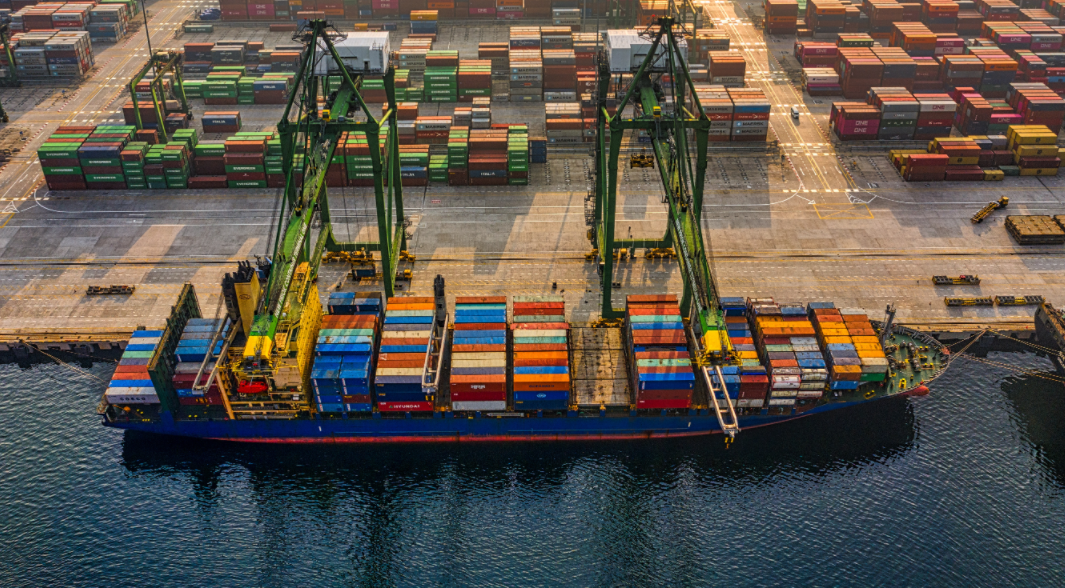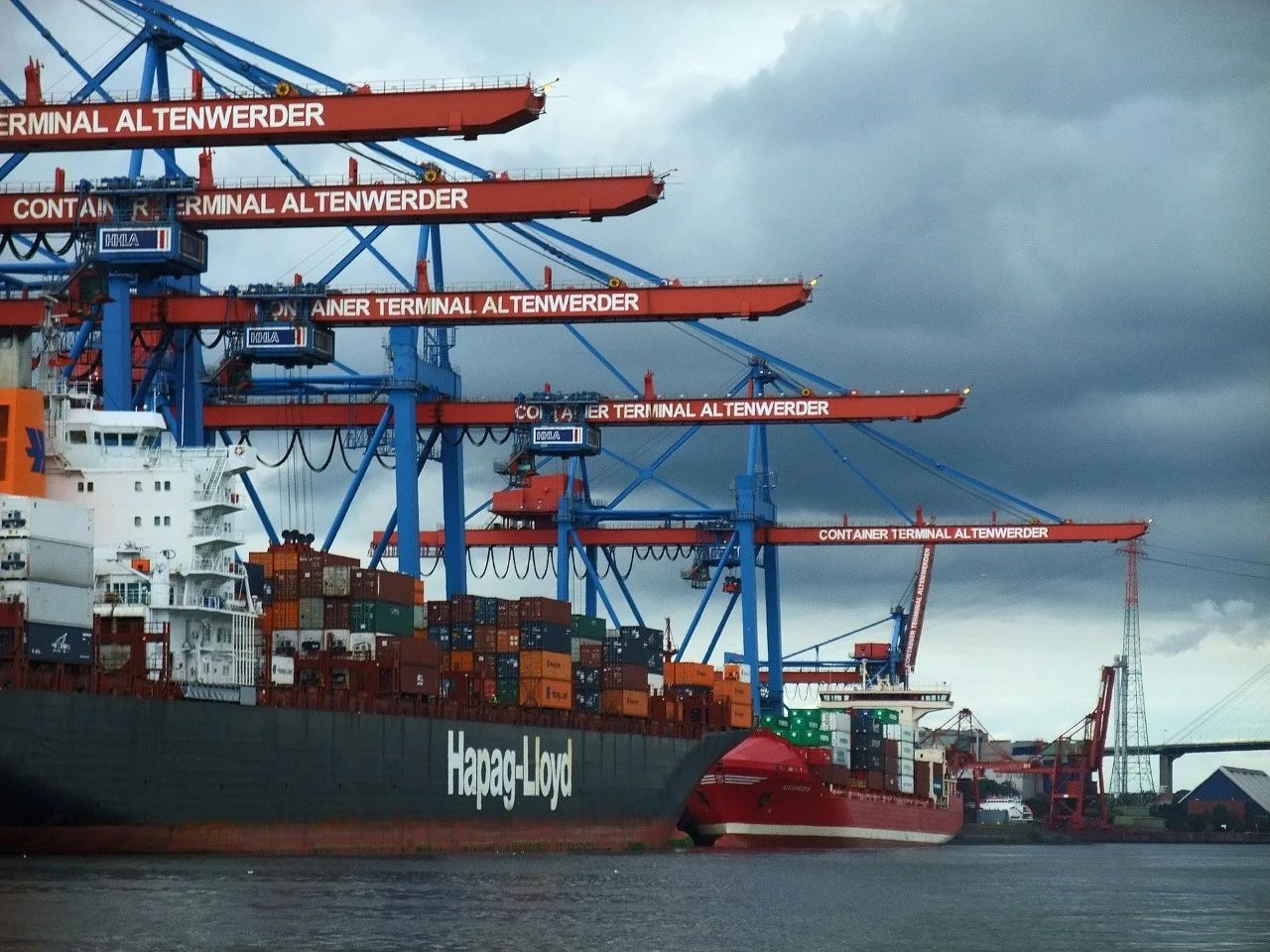Dry goods | Is direct flight necessarily faster than transit? What are the factors that affect the speed of shipping?
In the process of freight forwarders quoting to customers, the issue of direct flights and transit is often involved. Customers often prefer direct flights, and some customers even do not take non-direct flights.
In fact, many people are not clear about the specific meaning of direct sailing and transit, and they take it for granted that direct sailing must be better than transshipment, and direct sailing must be faster than transshipment.

01. What is the difference between direct flight and transit flight?
The difference between direct shipping and transit is whether there is an operation of unloading and changing ships during the voyage.
Direct ship:Ships will call at many ports, but as long as the container is not unloaded and replaced during the voyage, it will be a direct ship. Generally speaking, the sailing schedule of the direct ship is relatively stable, and the arrival time is usually closer to the expected arrival time. Sailing time is usually attached to the quotation.
Transit ship:During the voyage, the container will be changed at the transshipment port. Due to the loading and unloading efficiency of the transshipment terminal and the schedule of the subsequent large ship, the container shipping schedule that usually needs to be transshipped is not stable. In view of the impact of the efficiency of the transshipment terminal, it will be Include the transit terminal in the quotation.
So, is direct flight really faster than transit? In fact, direct shipping is not necessarily faster than transshipment (transit), because there are many factors that affect the speed of transportation.

02. Factors affecting shipping speed
Although direct flights can save transit time in theory, in practice, the speed of transportation is also affected by the following factors:
1. Arrangement of flights and boats:Different airlines and shipping companies have different schedules for flights and ships. Sometimes even direct flights may have unreasonable schedules, resulting in longer transportation times.
2. Loading and unloading time:At the port of origin and port of destination, the loading and unloading time of the cargo will also affect the speed of transportation. The loading and unloading speed of some ports is slow due to equipment, manpower and other reasons, which may cause the actual transportation time of the direct flight to be longer than expected.
3. Customs declaration and customs clearance speed:Even if it is a direct flight, the speed of customs declaration and customs clearance will also affect the transportation time of the goods. If the customs inspection of the destination country is strict, the customs clearance time may be extended.
4. Navigation speed:There may be a difference in sailing speed between direct sailing and transshipment. Although the direct flight distance is shorter, the actual transit time may still be longer if the sailing speed is slower.
5. Weather and sea conditions:The weather and sea conditions that may be encountered during direct sailing and transshipment are different, which will affect the speed and safety of sailing. Inclement weather and sea conditions may cause actual transit times for direct flights to be longer than expected.
Summarize:
To accurately estimate transit times, several factors need to be considered. In actual operation, the most suitable mode of transportation can be selected according to factors such as the characteristics of the goods, transportation needs and costs.




















